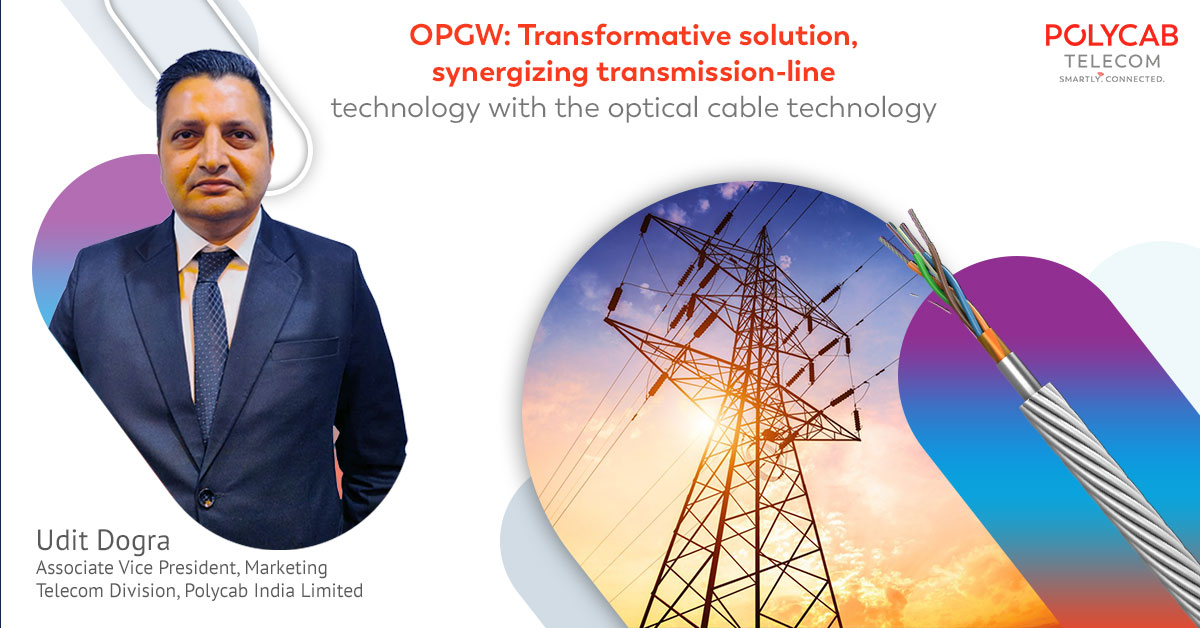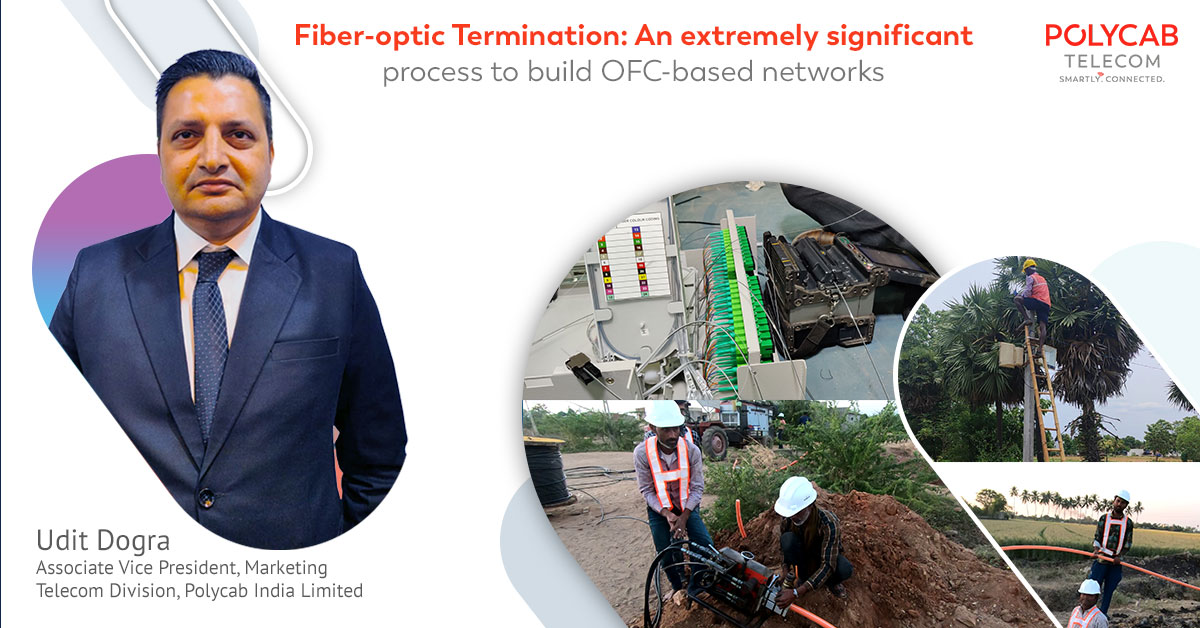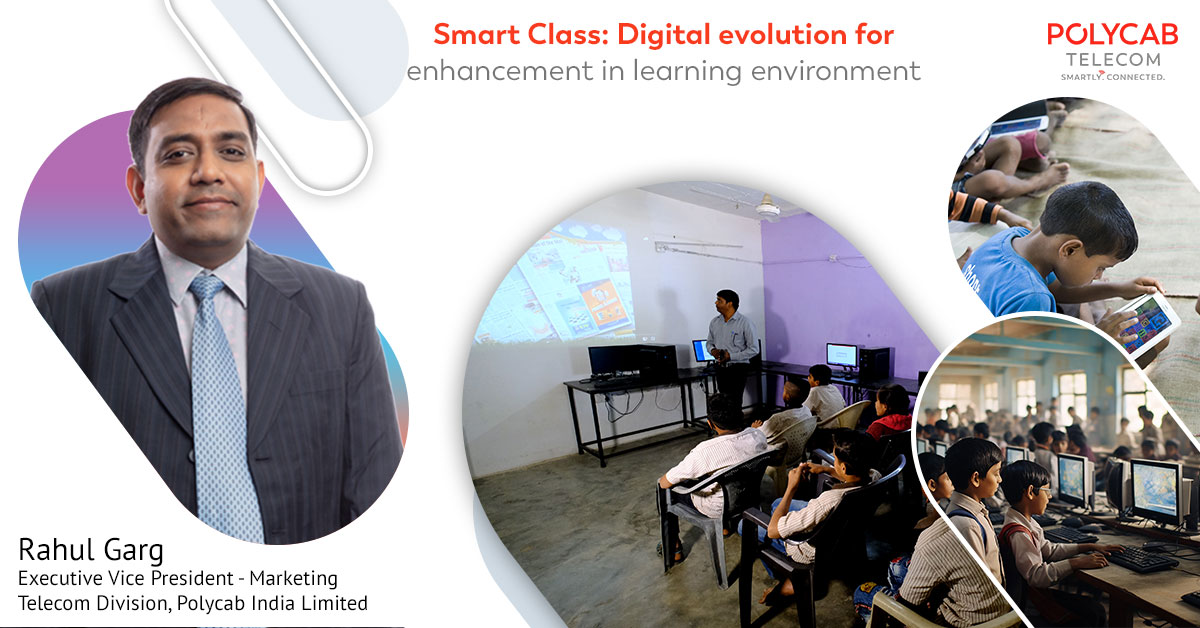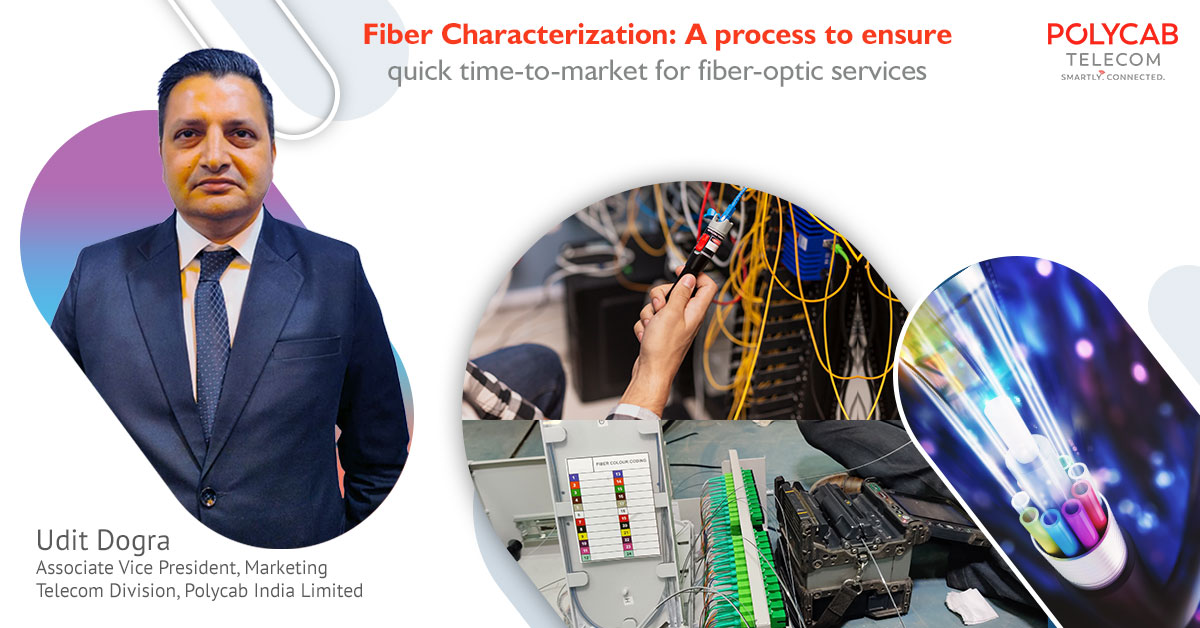Fibre-optic Splicing is a mechanism which is done to join two Optical Fibre Cables (OFCs) or cable-bundles together. Definitely, connecting two OFCs requires accuracy, precision, cleanliness and deft handling. Fibre-optic Splicing is prevalently used in the field, when OFCs need to be extended during a cable-run or these cables, underground or overhead, get detached or disconnected. Splicing is also done for assembling cables. It involves the geometry of the cables, their proper alignment and their mechanical strength. For underground installations, Splicing is a quick and apt technique to re-connect buried detached OFCs. Not only for joining two OFCs, Splicing is also used to achieve a quality fibre-path, in line with both, customer-specifications and expectations. Cables are installed into a Splice Enclosure or Panel to make the connection as per the conceptualized network. There are two methods of Splicing, i.e. Mechanical and Fusion. In both of the techniques, insertion-loss is less than it happens when we use fibre-connectors. A Mechanical Splice is a joint of two or more aligned OFCs and supported by an assembly that holds the fibres in alignment using an index matching fluid. Fusion Splicing is defined in fusion of fibre-cores together with less attenuation. This method of Splicing is more expensive but has a longer life than Mechanical Splicing.
Fibre-optic Splicing is mainly done to establish long optical links for better and long-distance signal-transmission, which is why it is instrumental to meet the high demands of our nation’s rapid fibre-infrastructure growth. Fibre-optic Splicing is a hugely significant process, when we know that this forms the first level of maintenance, ensuring minimized disruption to internet-connectivity in Gram Panchayats (GPs), covered under Govt. of India’s BharatNet, world’s largest rural broadband project.
Polycab Telecom, a division of Polycab India Ltd., is best-known for the delivery of major telecom infrastructure projects, with capabilities to roll out large telecom Infrastructure projects for both, Broadband and Wireless Networks. We’ve been regularly delivering our services for BharatNet, world’s largest rural broadband project, wherein we achieved back-to-back timely completion of projects in Gujarat and Bihar, doing mostly Underground Cable Installation. Working currently for another project under BharatNet Phase-II in Tamil Nadu, we’re in the process to lay OFCs for around 16,500 kms, with almost 85% being aerial and the rest underground, as mandated by the TANFINET, a Special Purpose Vehicle (SPV), instituted by the state.







